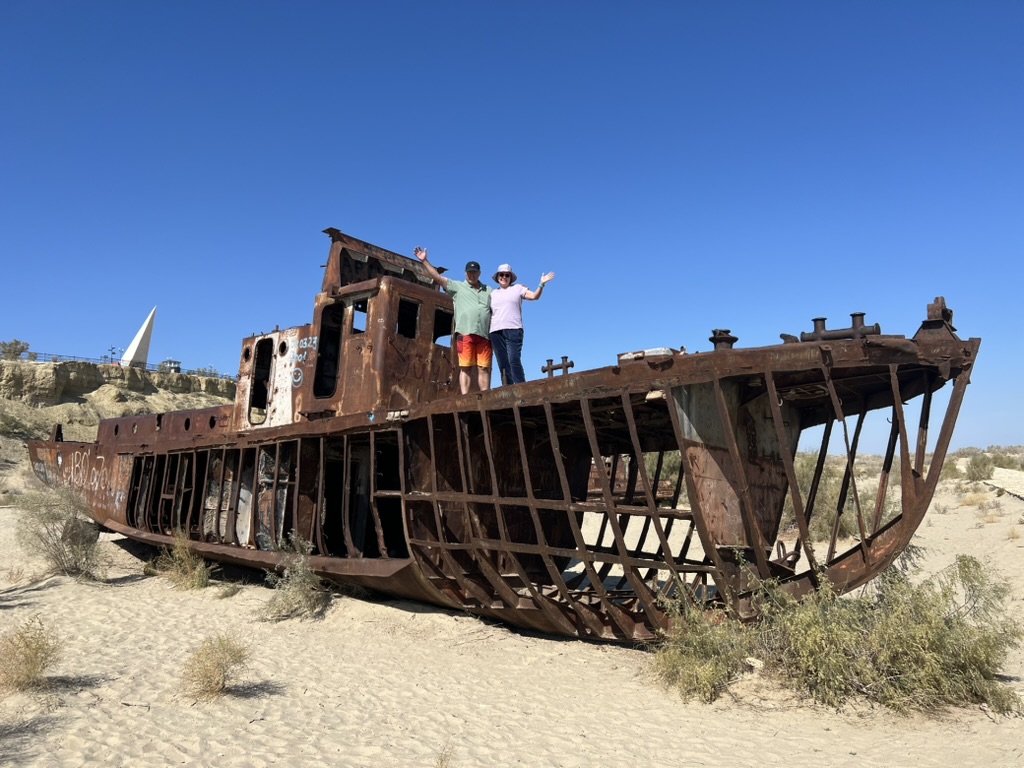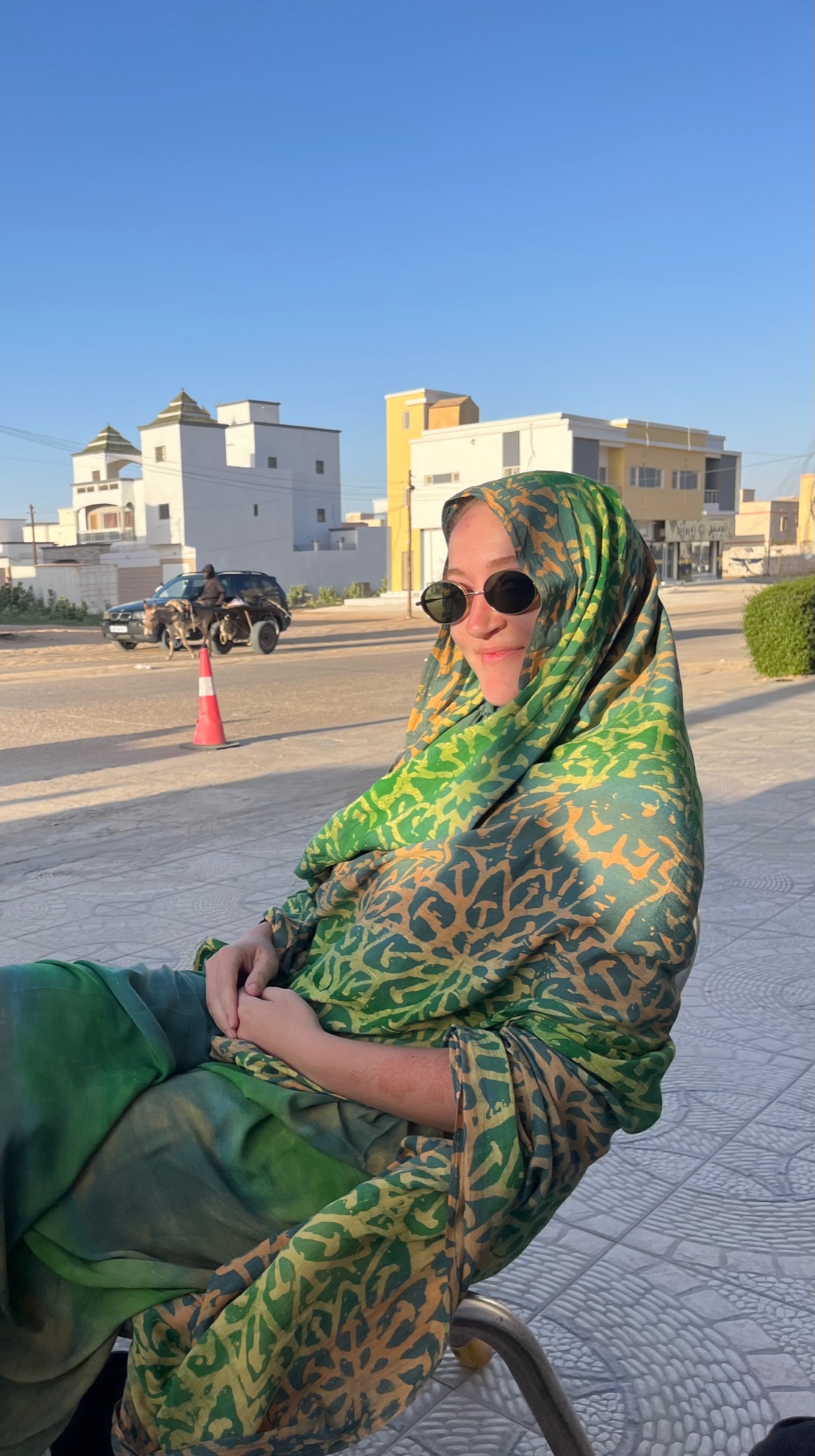Uzbekistan has become an increasingly popular tourist destination in recent years. You’ve surely heard about the country’s Silk Road history, but here are some fascinating facts you maybe didn’t know!
1. Uzbekistan is one of only two double landlocked countries in the world
Not only is Uzbekistan landlocked, but so are each of the countries bordering it. This means Uzbekistan has no access to the ocean, and neither do any of its neighboring countries. There is only one other double landlocked country in the world- Liechtenstein.
2. Uzbekistan has outer space tomatoes
In 2022, Uzbekistan sent tomato seeds to space to study the effects that outer space might have on the seeds, which were then planted when they came back to Earth. The goal of the study was to see if they could develop a crop that could thrive in challenging environments (such as Uzbekistan’s hot and dry climate), therefore boosting local agriculture in the short term, and benefiting national food security in the long term. The seeds were exposed to microgravity, cosmic radiation, and extreme temperatures whilst in space. Now that the seeds are back in Uzbekistan, they’ve been planted and are being studied for growth speed, pest resistance, nutritional value, and climate adaptability. The study is still in its early stages, but the first crop had successful results with increased resilience, faster growing time, and showed potential for higher yields.
3. Uzbekistan has cities older than Rome
The ancient cities of Bukhara and Samarkand are some of the oldest continually inhabited cities in the world. Even before it became an important hub on the Silk Road, there was a prominent civilization forming in Bukhara. Officially, Bukhara was founded in 500 BCE as a part of the Sogdian empire, but there is some archeological evidence that shows people were living in Bukhara even earlier than that. Experts place Samarkand’s founding by the Sogdians around 700 BCE, but excavations inside the city have unearthed evidence of human activity dating back 40,000 years!
4. Uzbekistan has a dinosaur desert
Many dinosaur fossils have been found in the Kyzylkum desert, including a large apex predator with shark-like teeth, similar to a tyrannosaurus rex. There have been a great variety of dinosaur fossils found, including meat-eating dinosaurs (Theropods), duck-billed dinosaurs (Hadrosaurs), horned dinosaurs (Ceratopsians), and long-necked giants (Sauropods), making it one of the most important digging sites in Central Asia.
In addition to dinosaur fossils, the Kyzylkum desert is also home to a fossilized forest. This ancient forest has been put through climate conditions turning the trees into actual rocks. The arrangement of this stone forest resembles organ pipes, and the cluster can be found near the canyons of the Jarakuduk tract.
5. Uzbekistan is rich in minerals
Uzbekistan is one of the top 10 gold-producing countries. It is home to the Muruntau gold deposit, which is the world’s largest open-pit gold mine. It is believed to produce more than 50 tons of gold per year. The area surrounding the mine was a great source of turquoise during the days of the silk road, and it wasn’t until the 1950s that the massive gold deposit was discovered.
Uzbekistan’s considerable mineral deposits also include uranium. The country was a huge source of uranium mining during the Soviet Union. Recent partnerships with Orano and China Nuclear Uranium, show that Uzbekistan is hoping to increase its uranium mining.
6. Uzbekistan had Soviet closed cities
The Soviets had many closed cities throughout the USSR. These cities were not on any maps, and no one (outside of the people who lived there) knew the city existed. Often these cities were centered around a secret special project, such as Uranium mining, scientific research, or nuclear and bioweapons testing. Because of its rich uranium resources, Uzbekistan had a couple of these closed cities. One of Uzbkeistan’s closed areas that was not centered around uranium mining however, was a small island in the middle of the Aral sea, where they tested dangerous pathogens such as anthrax and even plague.
One of our favorite closed cities is Yangiabad, which we visit on all of our Uzbekistan group tours. The town was centered around Uranium mining and was built by German POWs after World War II. If you’d like to learn more about this interesting piece of history, check out our blog Yangiabad – A Very Different Side to Uzbekistan .
7. Uzbekistan is home to one of the world’s oldest Qurans
The Uthman Quran is one of the oldest and most historically significant Qurans still in existence today. It is housed in the Hast-Imam Library in Tashkent and is believed to date back to the mid-7 th century. The manuscript is massive, measuring 58cm x 68 cm (21in x 27in). It is one of the oldest Qurans written in Kufic script, and provides a link that shows the evolution of Arabic calligraphy.
So how did this Quran end up in Uzbekistan? The silk road trade routes played an important role. It would have likely been commissioned be Caliph Uthman in either Medina or Kufa, and from there allegedly was moved to Baghdad. After the Arab conquest of Central Asia, it is said to have been taken to Samarkand where it remained until the Russians moved it to St Petersburg in the 19 th century. It was returned to Uzbekistan in 1924 and has remained a source of pride for Uzbeks ever since.
If you’d like to learn more about Uzbekistan for an upcoming trip, check out our Uzbekistan Destination Guide . Uzbekistan is included on all of our 4 Stans and 5 Stans tours, which can be done in sections or as a whole. Check out our Central Asia group tours here! If you’d like help planning your own trip to Uzbekistan, send us an email at [email protected].



